The Importance of Medical Equipment in Hospitals
Hospitals play a critical role in delivering healthcare services, and their ability to provide accurate diagnoses, effective treatments, and life-saving interventions largely depends on the availability and proper use of medical equipment. From basic diagnostic tools to advanced surgical machines, medical equipment ensures that healthcare professionals can deliver timely, safe, and effective care. This blog will explore why medical equipment is essential in hospitals and how it contributes to better patient outcomes and operational efficiency.
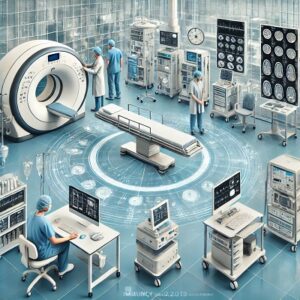
1. Accurate Diagnosis and Early Detection
Medical equipment is vital for diagnosing diseases accurately and early. Tools such as MRI scanners, X-ray machines, and blood analyzers allow healthcare providers to detect illnesses and injuries at an early stage. Early diagnosis is crucial for effective treatment, particularly in conditions like cancer, heart disease, and infections, where timely intervention can significantly improve survival rates.
For example, electrocardiogram (ECG) machines help diagnose heart conditions, while ultrasound machines are critical for prenatal care and detecting abnormalities in internal organs. Without such equipment, diagnosing complex conditions would rely heavily on physical symptoms, which can often be misleading.
2. Effective and Precise Treatment
Advanced medical equipment is also essential in delivering precise and effective treatment. Equipment such as ventilators, dialysis machines, and radiation therapy machines are lifesaving in critical care settings. For example, ventilators help patients who cannot breathe on their own, while dialysis machines support kidney failure patients by filtering waste from their blood.
Additionally, surgical robots and laser technology enable surgeons to perform minimally invasive surgeries with greater precision and control. This reduces the risk of complications, shortens recovery times, and allows patients to return to normal activities sooner.
3. Patient Monitoring and Safety
Continuous monitoring of patients, especially in intensive care units (ICUs), is only possible with the aid of modern medical devices. Patient monitors track vital signs such as heart rate, blood pressure, oxygen levels, and more, ensuring that healthcare professionals can react swiftly to any sudden changes in a patient’s condition.
Infusion pumps, which control the delivery of medications and fluids, ensure that patients receive the correct dosage at the right time, preventing medication errors. Medical equipment in this context directly improves patient safety and outcomes by providing healthcare workers with real-time data to make informed decisions.
4. Supporting Complex Surgeries
In the surgical environment, medical equipment is indispensable. Anesthesia machines, electrosurgical units, and surgical imaging devices are just a few of the tools that enable surgeons to perform complex procedures with accuracy and control. These devices ensure that surgeries are performed in a controlled environment, reducing the risk of infection, minimizing complications, and improving post-surgical recovery.
Endoscopic cameras and robotic-assisted systems give surgeons enhanced visuals and precision during delicate procedures, like tumor removal or joint replacements, which would be difficult to achieve with manual techniques alone.
5. Enhancing Healthcare Efficiency
Hospitals face increasing patient loads and demand for quicker, more efficient services. Medical equipment plays a crucial role in streamlining hospital workflows and reducing the time it takes to diagnose and treat patients. For example, automated laboratory machines can process hundreds of blood samples in a fraction of the time it would take manual lab technicians, allowing for faster diagnosis and treatment plans.
Similarly, telemedicine tools and remote monitoring devices enable doctors to assess and treat patients without the need for a physical visit, which reduces hospital overcrowding and improves access to care, especially in remote or underserved areas.
6. Cost Savings and Improved Resource Utilization
Investing in high-quality medical equipment can lead to significant cost savings for hospitals in the long run. Advanced diagnostic tools reduce the need for unnecessary tests and procedures, while modern treatment devices minimize the length of hospital stays and reduce the need for repeat interventions. Hospitals that invest in durable, high-performance equipment are better able to serve their patients while also managing costs effectively.
Moreover, using reliable equipment reduces the likelihood of breakdowns or malfunctions, which can lead to treatment delays and increased costs for repairs or replacements.
Conclusion
The importance of medical equipment in hospitals cannot be overstated. It is the backbone of modern healthcare, enabling accurate diagnoses, effective treatments, and life-saving interventions. Whether it’s in the operating room, ICU, or outpatient clinic, medical equipment ensures that hospitals can provide high-quality care efficiently and safely. As technology continues to evolve, the role of medical equipment will only become more critical in delivering advanced healthcare solutions to patients around the world.
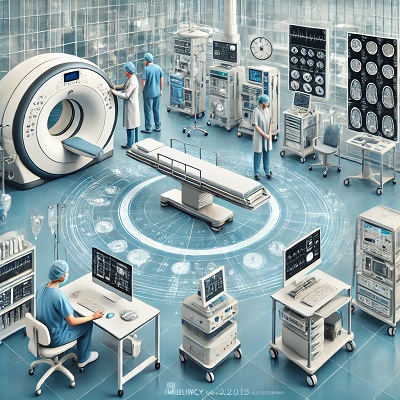
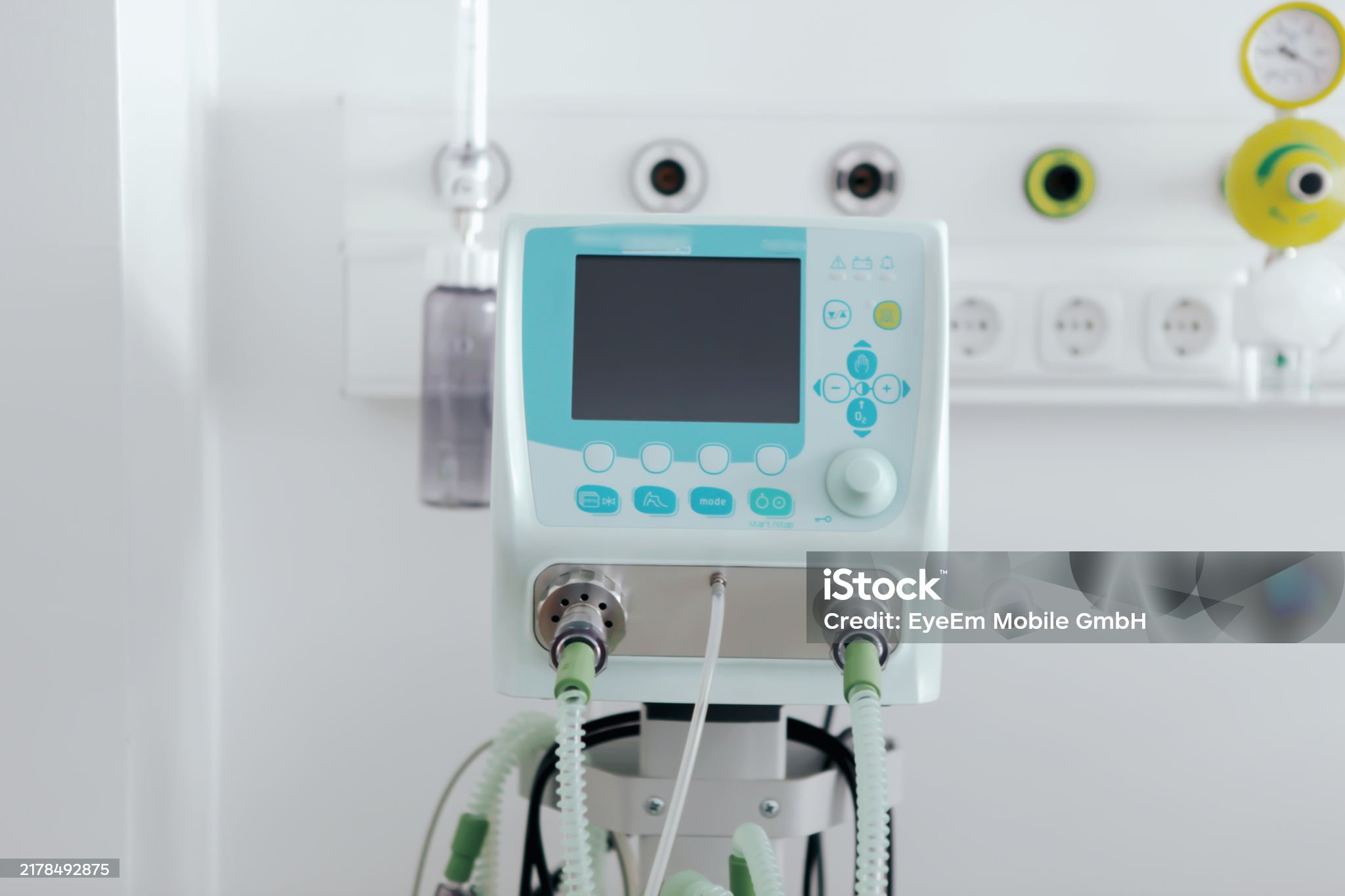
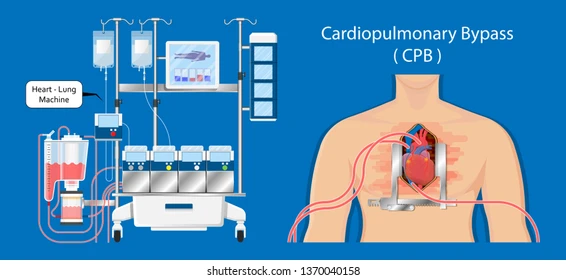

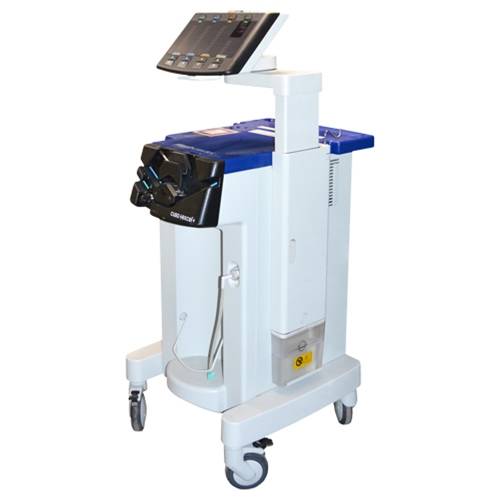
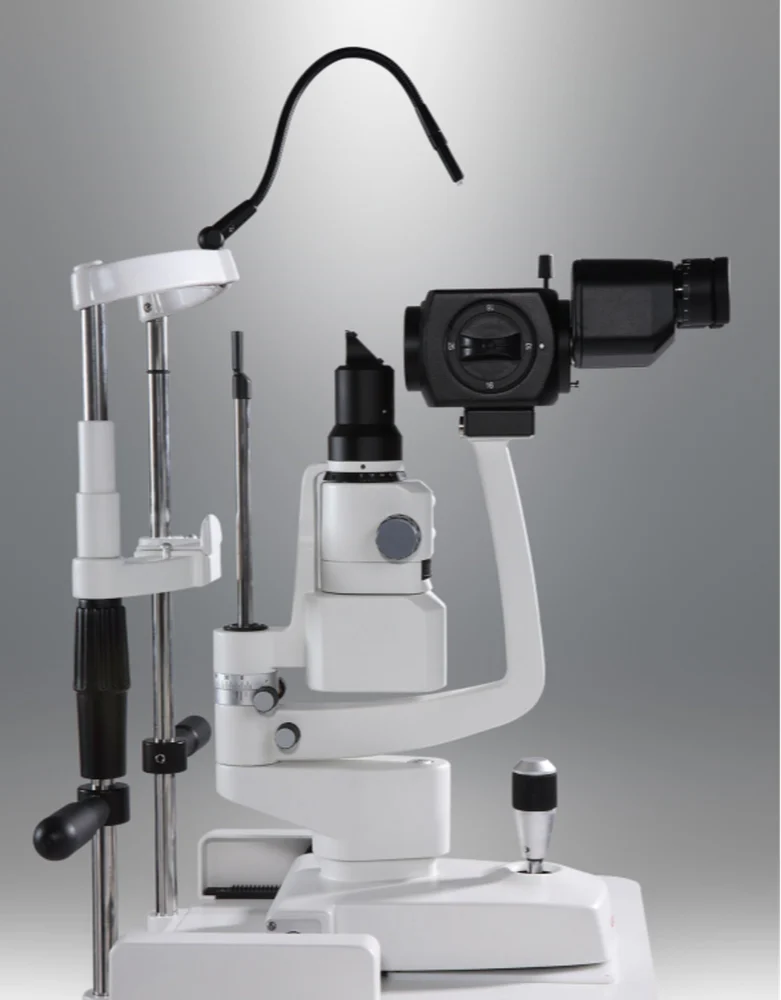
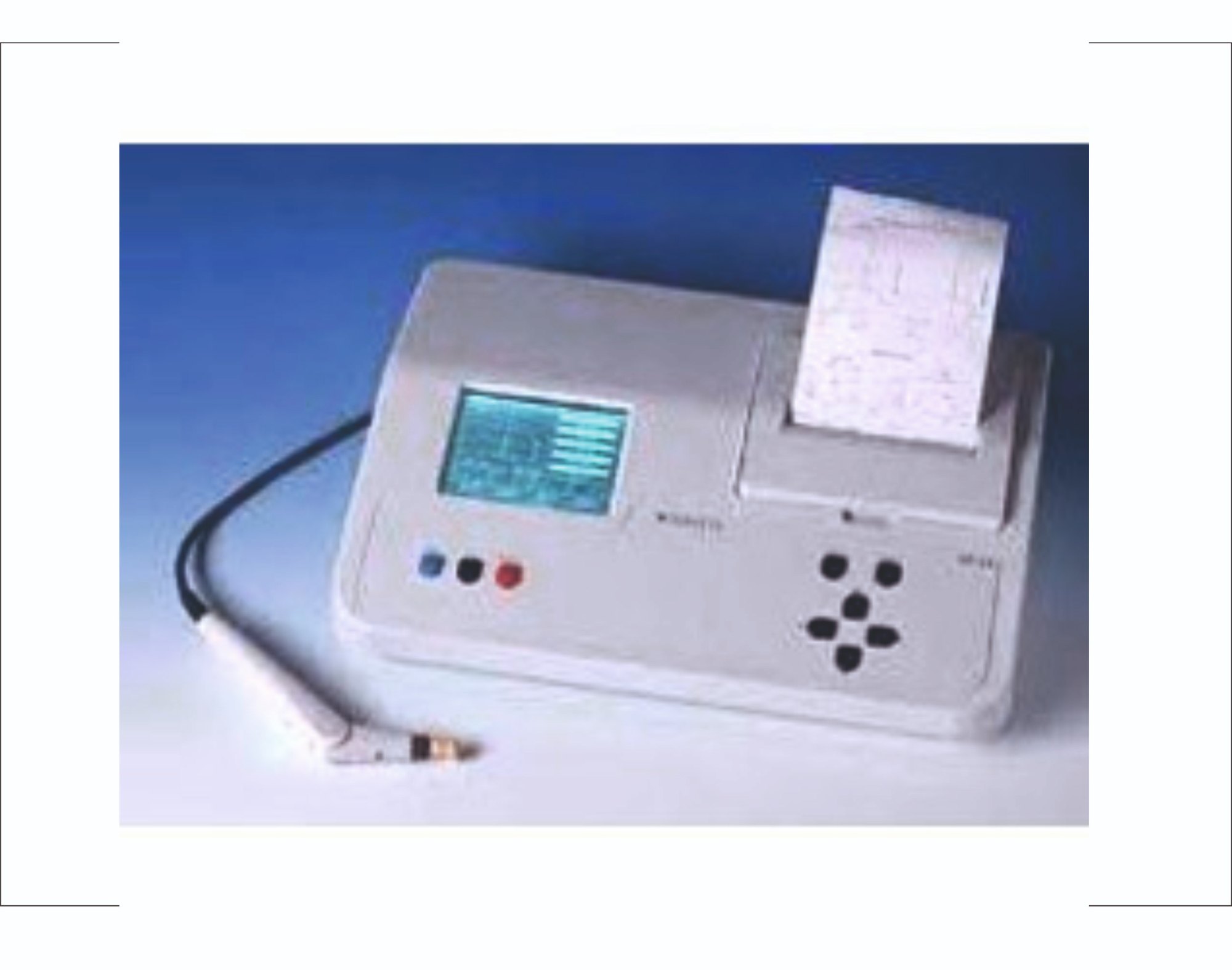
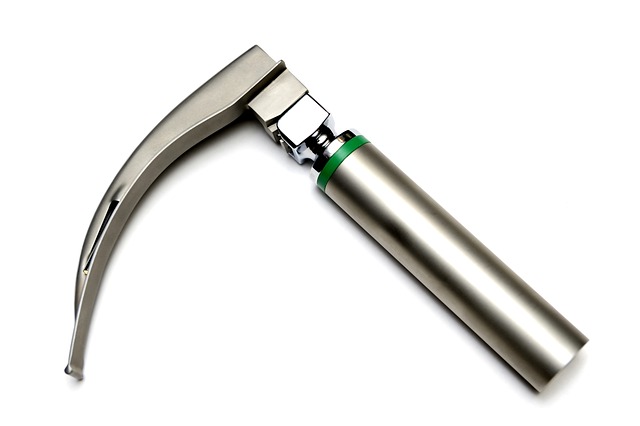

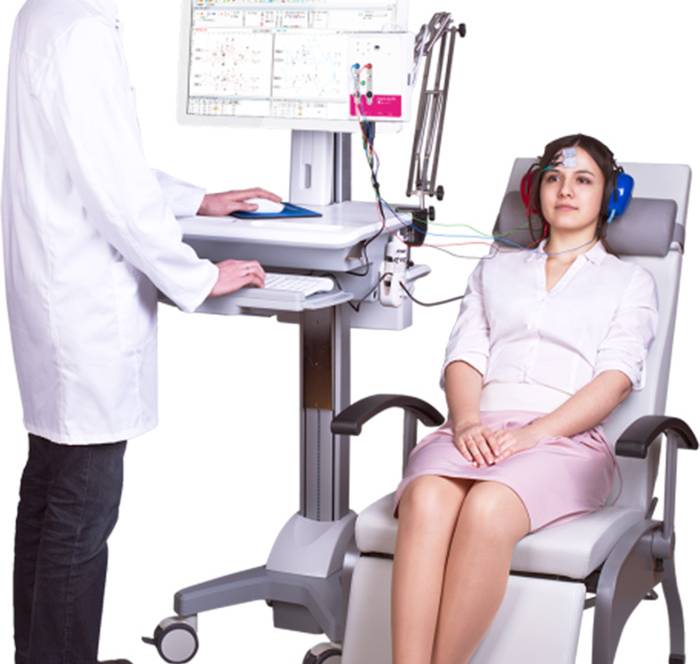
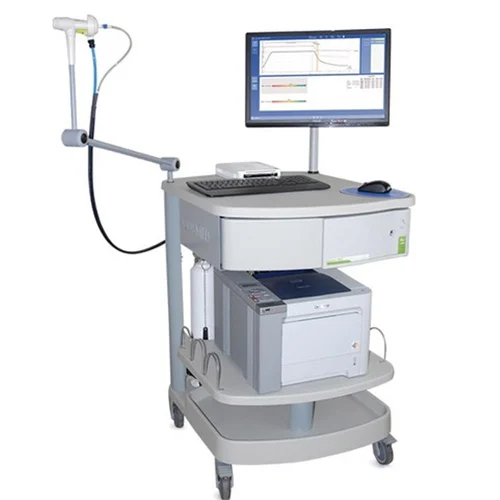


Beauty Fashion
Please provide me with more details on the topic